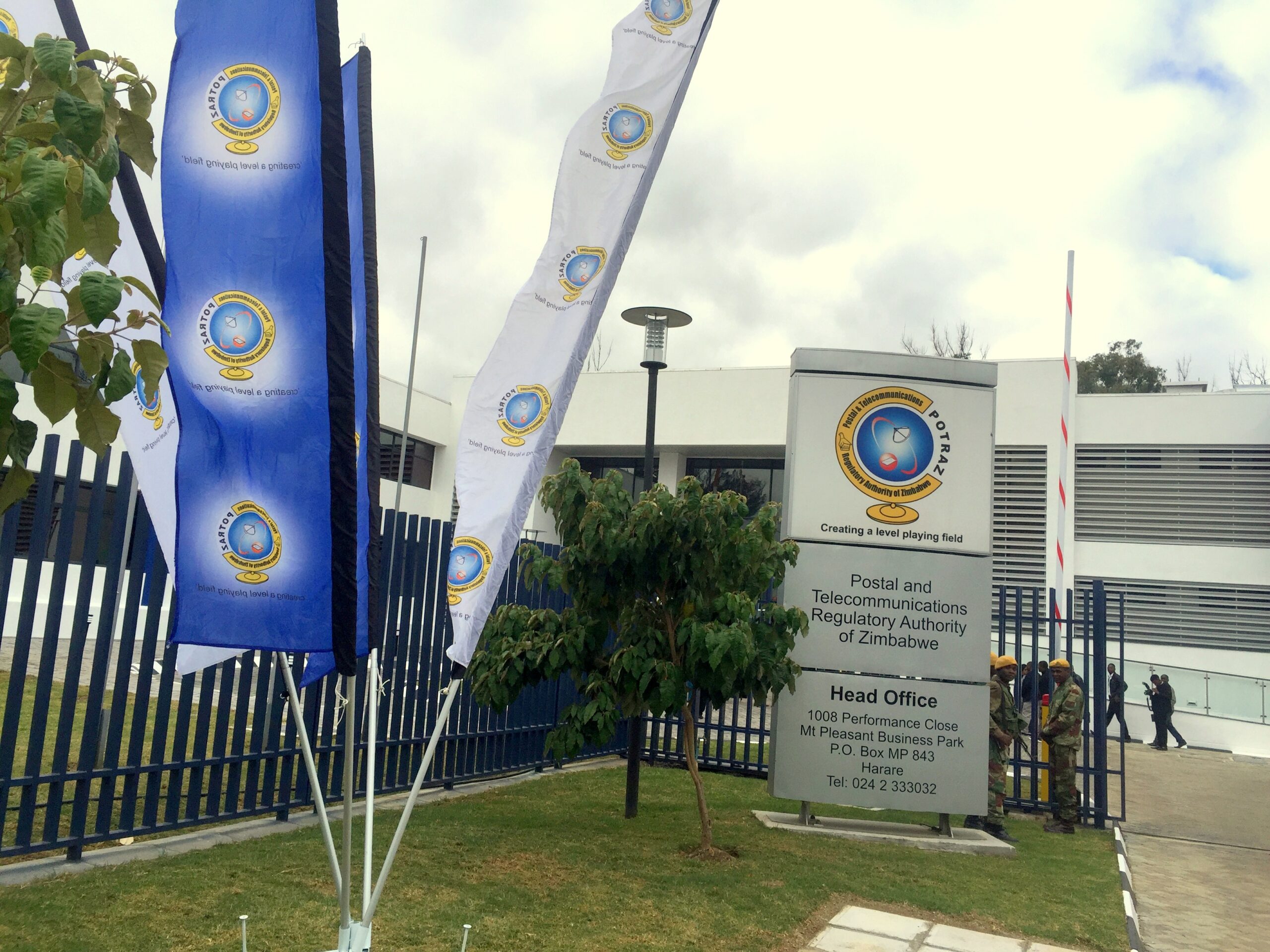High costs choke telecoms sector
HIGH operating costs and the energy crisis continue to stifle telecommunications sector’s operations, pushing up costs and upsetting the sector’s efficiencies.
Postal and Telecommunications Regulatory Authority of Zimbabwe (POTRAZ) revealed this in its sector performance report for the third quarter of 2022.
Bandwidth costs, staff costs, and depreciation of the local currency were some of the main cost drivers met by the telecommunications players in the period.
Consequently, the said environment saw total mobile network operators spending in the third quarter to September grow by 97, 1 to reach $48,6 billion from $24,7 billion.
Fixed telephone network operating costs surged by 73, 8 percent to close the period under review at $9,9 billion, a rise from $5, 7 billion, while Internet Access Providers (IAPs) expenditure increased by 52,9 percent to record $18,25 billion, from $11,93 billion in the last quarter.
The business has lately been reeling under extended power outages, which have compounded challenges being faced by the sector undoubtedly impacting the overall quality of service provision.
To compensate for the unplanned and sometimes lengthy power outages, telecommunication players now resort to alternative sources of energy mainly diesel which is expensive thus pushing up cost structures.
In that regard, the rising cost of operations drove the industry regulator to allow for tariff increases to both fixed and mobile network operators during the period.
Alternatively, mobile network operators, have been intensifying the implementation of green energy projects to curb elevated operating costs emanating from rising energy costs mainly from the use of diesel.
Access to foreign currency also remains a limitation to the sector’s performance given its critical role as a medium of exchange when importing equipment.
Firms in the business are highly dependent on imported equipment and accessories which makes them needy for foreign currency.
POTRAZ director general, Dr Gift Machengete, in the third quarter performance review decried excessive load shedding saying it continues to suppress the sector’s performance, whose operations highly depend on electricity.
He further indicated that consumption of the sector’s product offerings continue to be limited given customers’ inability to afford data services owing to their limited disposable incomes.
“The sector continues to be negatively affected by the inflationary operating environment, unavailability of credit, reduced real disposable incomes, and shortage of foreign currency amongst other challenges. The increased load shedding has also posed a serious challenge to operational efficiencies, impacting the overall quality of service and raising the cost of service provision.
“Inadequate foreign currency allocation continues to affect network expansion and maintenance efforts.
“Unlike other services that may have alternative local supply, the provision of telecommunication relies heavily on imports mainly in the form of equipment, software as well as bandwidth,” said Dr Machengete.
However, in the quarter under review, the sector recorded growth across all segments attributable to increased demand and consumption of the sector’s services.
In the quarter, the sector saw a 31,2 percent growth in mobile voice traffic to 3, 08 billion minutes from 2,35 billion minutes while mobile Internet and data traffic totaled 32 473,1 terabytes, translating to a 26,1 percent surge from 25 755,9 terabytes.
The growth is mainly attributable to the increase in total active mobile subscriptions which grew by four percent to 14,6 million from 14, 01 million.
This led to a 3,6 percent growth in mobile penetration to reach 95,9 percent from 92, 3 percent reported in the previous quarter.
On the flipside fixed telephone voice traffic marginally grew by one percent to 84,6 million minutes, credited to growth in active fixed telephone lines which improved 2,8 percent to 290,810 from the prior 282, 84.
The aforementioned performances resulted in a 104 percent growth in total mobile operator revenues, which closed the quarter at $61,4 billion from $30,1 billion in the last quarter albeit the high operating costs which characterised the period.
Internet Access Providers (IAPs) revenues grew by 104,8 percent posting $30,86 billion, from $15,07 billion although trailed by a 52,9 percent growth in operating expenses at $18,25 billion.
Fixed telephone network revenue closed the quarter at $11,43 billion, which is 122 percent ahead of $5,15 billion reported in the last quarter.-ebusinessweekly











